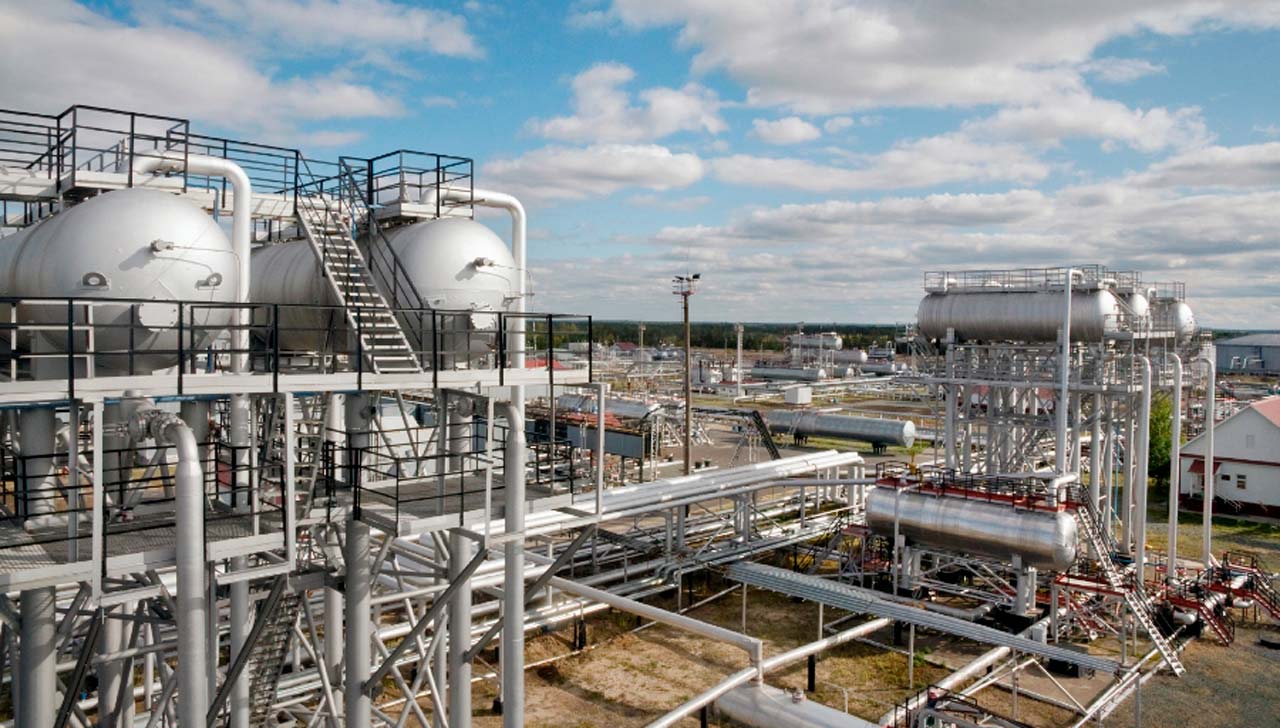Gas distribution installations play a pivotal role in ensuring the safe and efficient delivery of natural gas to homes, businesses, and industries. As technology continues to advance, so too does the landscape of gas distribution, with innovative solutions emerging to enhance safety, reduce environmental impact, and improve overall efficiency. This article explores the latest trends and advancements in Centrale d’oxygène médical, showcasing how these developments are shaping the future of energy delivery.
- Smart Metering and Monitoring:
One of the key innovations in gas distribution installations is the integration of smart metering and monitoring systems. Traditional gas meters are being replaced by smart meters that provide real-time data on gas consumption. These meters enable consumers and utility companies to track usage patterns, identify potential leaks, and optimize distribution networks. The implementation of these smart technologies not only enhances safety but also contributes to more accurate billing and efficient resource management.
- Advanced Leak Detection Technologies:
Gas leaks pose a significant threat to both public safety and the environment. To address this concern, advanced leak detection technologies are being deployed in gas distribution installations. These technologies include infrared cameras, acoustic sensors, and drones equipped with gas sensors. By continuously monitoring pipelines, these systems can quickly identify and locate leaks, allowing for prompt repairs and preventing potential disasters.
- Pipeline Integrity Management:
Ensuring the integrity of gas pipelines is critical for preventing leaks and maintaining the overall safety of the distribution network. Innovations in pipeline integrity management involve the use of advanced inspection tools such as robotic devices and autonomous vehicles. These technologies can assess the condition of pipelines in real-time, identifying potential issues like corrosion or structural damage. Proactive maintenance based on this data helps prevent pipeline failures and enhances the overall reliability of gas distribution systems.
- Renewable Gas Integration:
As the world transitions to more sustainable energy sources, gas distribution installations are adapting to accommodate renewable gases such as biomethane and hydrogen. These gases can be injected into existing natural gas pipelines, creating a more environmentally friendly energy mix. This transition not only reduces the carbon footprint of gas distribution but also supports the integration of renewable energy sources into the broader energy infrastructure.
- Decentralized Gas Distribution:
Traditionally, gas distribution systems have been centralized, relying on large pipelines to deliver gas over long distances. However, decentralized gas distribution models are gaining traction. These models involve smaller, localized distribution networks that can be more easily adapted to changing energy demands. Decentralization improves the flexibility and resilience of gas distribution systems, making them better equipped to handle the challenges of a rapidly evolving energy landscape.
Conclusion:
The future of gas distribution installations is marked by innovation and a commitment to safety, efficiency, and sustainability. Smart metering, advanced leak detection technologies, pipeline integrity management, renewable gas integration, and decentralized distribution models are transforming the way we receive and use natural gas.
